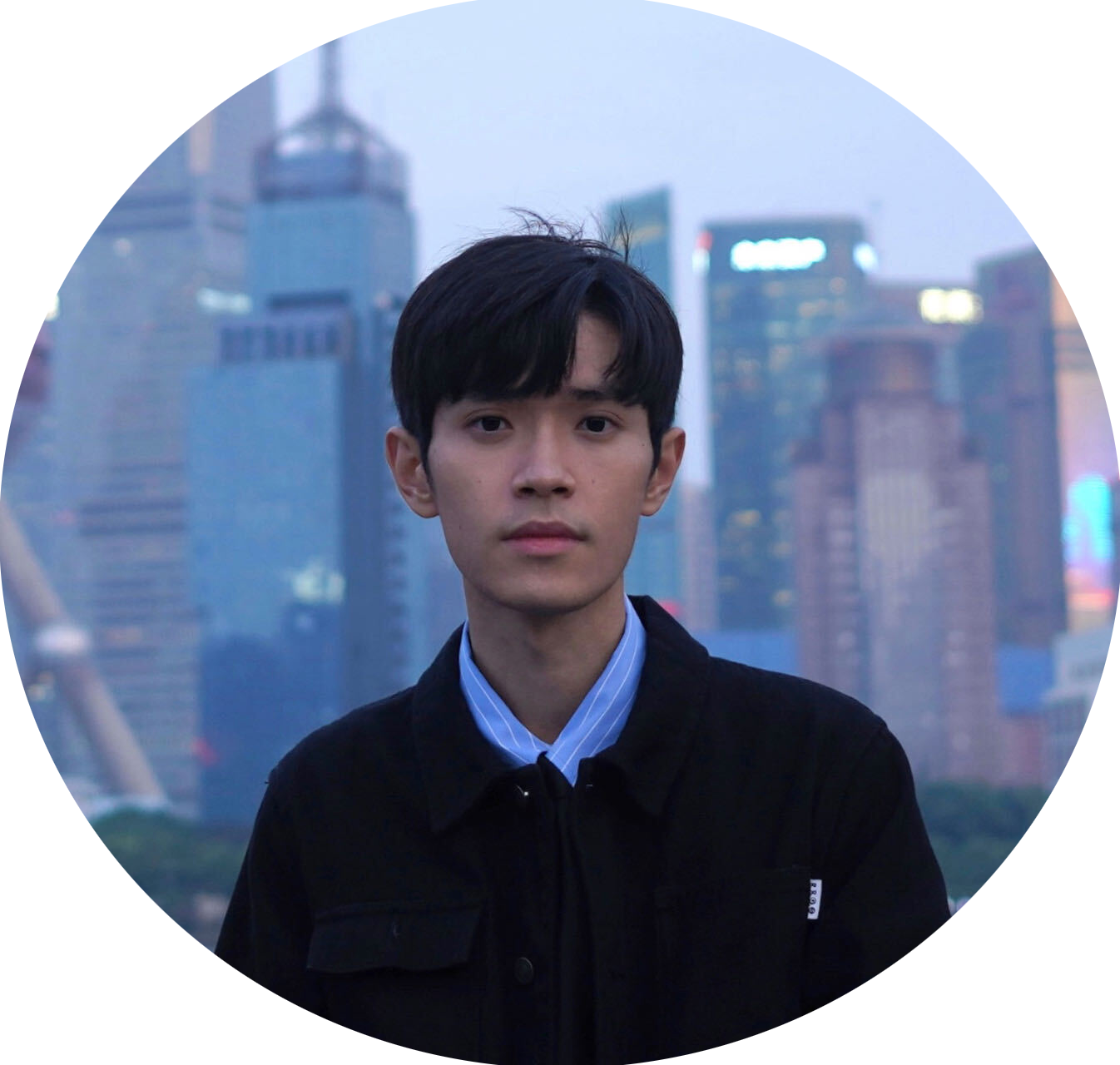Focal Surface Holographic Light Transport using Learned Spatially Adaptive Convolutions¶
People¶
 |
 |
 |
 |
 |
1University College London, 2Massachusetts Institute of Technology, 3Google
SIGGRAPH Asia 2024 Technical Communications
Resources¶
Bibtex
@inproceedings{zheng2024focalholography,
title={Focal Surface Holographic Light Transport using Learned Spatially Adaptive Convolutions},
author={Chuanjun Zheng, Yicheng Zhan, Liang Shi, Ozan Cakmakci, and Kaan Ak{\c{s}}it},
booktitle = {SIGGRAPH Asia 2024 Technical Communications (SA Technical Communications '24)},
keywords = {Computer-Generated Holography, Light Transport, Optimization},
location = {Tokyo, Japan},
series = {SA '24},
month={December},
year={2024},
doi={https://doi.org/10.1145/3681758.3697989}
}
Abstract¶
Computer-Generated Holography (CGH) is a set of algorithmic methods for identifying holograms that reconstruct Three-Dimensional (3D) scenes in holographic displays. CGH algorithms decompose 3D scenes into multiplanes at different depth levels and rely on simulations of light that propagated from a source plane to a targeted plane. Thus, for \(n\) planes, CGH typically optimizes holograms using \(n\) plane-to-plane light transport simulations, leading to major time and computational demands. Our work replaces multiple planes with a focal surface and introduces a learned light transport model that could propagate a light field from a source plane to the focal surface in a single inference. Our model leverages spatially adaptive convolution to achieve depth-varying propagation demanded by targeted focal surfaces. The proposed model reduces the hologram optimization process up to \(1.5x\), which contributes to hologram dataset generation and the training of future learned CGH models.
Focal Surface Holographic Light Transport¶
Simulating light propagation among multiple planes in a 3D volume is computationally demanding, as a 3D volume is represented with multiple planes and each plane requires a separate calculation of light propagation to reconstruct the target image. Thus, for \(n\) planes, conventional light transport simulation methods require \(n\) plane-to-plane simulations, leading to major time and computational demands. Our work replaces multiple planes with a focal surface and introduces a learned light transport model that could propagate a light field from a source plane to the focal surface in a single inference, reducing simulation time by \(10x\).
Results¶
When simulating a full-color, all-in-focus 3D image across a focal surface, conventional Angular Spectrum Method (ASM) requires eighteen forward passes to simulate the 3D image with six depth planes given there are three color primaries.
Our work enables a new way to overcome this computational complexity arising from plane to plane treatment, and unlocks a new rendering method that could propagate light beams from a plane to a focal surface. This new model could help reduce computational complexity in simulating light. Specifically, it could help verify and calculate holograms for holographic displays with much ease and lesser computation.
We utilize our model for a 3D phase-only hologram optimization application under \(0 mm\) propagation distance. Optimizing holograms with six target planes using ASM is denoted as ASM 6, while Ours 6 represents optimizing holograms using our model with six focal surfaces. When comparing the simulation results, all holograms are reconstructed using ASM for performance assessment. Ours 6 achieves comparable results with about \(70\%\) of the optimization time compared to ASM 6.
We also apply our model for a 3D phase-only hologram optimization application under \(10 mm\) propagation distance.
Photo gallery¶
Here, we release photographs from our visit to the conference, highlighting parts of our SIGGRAPH ASIA 2024 experience.
Relevant research works¶
Here are relevant research works from the authors:
- Multi-color Holograms Improve Brightness in Holographic Displays
- HoloBeam: Paper-Thin Near-Eye Displays
- Realistic Defocus for Multiplane Computer-Generated Holography
- Optimizing Vision and Visuals: Lectures on Cameras, Displays, and Perception
- Learned Holographic Light Transport
- Metameric Varifocal Holograms
- Odak
Outreach¶
We host a Slack group with more than 250 members. This Slack group focuses on the topics of rendering, perception, displays and cameras. The group is open to public and you can become a member by following this link.
Contact Us¶
Warning
Please reach us through email to provide your feedback and comments.













